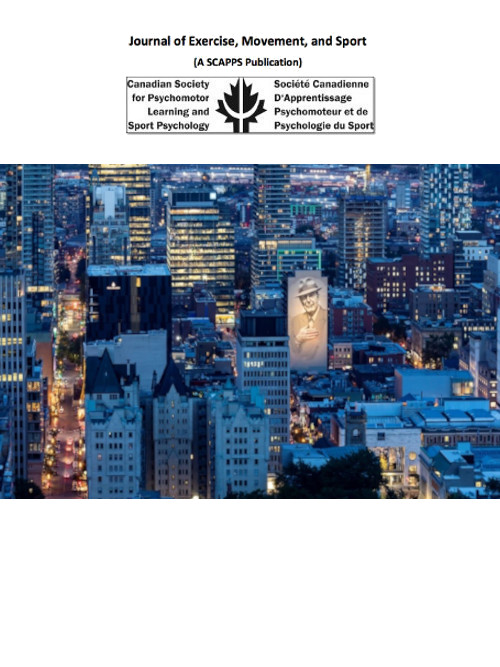Abstract
Recovery involves restoring performance ability between training sessions to develop and sustain superior training and performance (Kellmann et al., 2018). Elite endurance athletes characterize recovery as a broad range of potential approaches with a narrow selection of situationally effective ones (Wilson et al., 2021); they optimize recovery's implementation through a self-regulatory learning process (Wilson et al., 2022). While athletes may center the regulation of recovery on their own actions, they train within social (e.g., integrated support teams) and physical environments (e.g., National sport institutes) explicitly oriented towards their performance development. The purpose of this study was to describe athletes' perspectives on the roles and actors in their social and physical environments that influence how they implement recovery. Thirteen elite endurance athletes (ages 25-31; seven men, six women; nine sports; multiple recent World Championships/Olympics), completed two semi-structured interviews, separated by seven days of journaling on recovery thoughts/actions. We used inductive reflexive thematic analysis to identify features of the athletes' environments influencing their recovery. Actors in the physical (e.g., home, training sites) and social environments (e.g., coaches, family) served to regulate, facilitate, and provide recovery. 'Regulating' roles involved actors performing/supplementing athletes' recovery self-regulation (prompting, motivating, monitoring). 'Facilitating' roles involved creating conditions conducive to easier/better athlete recovery (time, understanding, focus). 'Providing' involved supplying athletes with recovery, including specific meanings (e.g., enjoyment, connection) and resources/services. Elite athletes located themselves within a network of social and physical environmental actors supporting their recovery, creating implications for how these networks might be organized to enhance athlete recovery.Acknowledgments: This research was supported in part by funding from the Social Sciences and Humanities Research Council of Canada to S.W. (#752-2021-2591).

